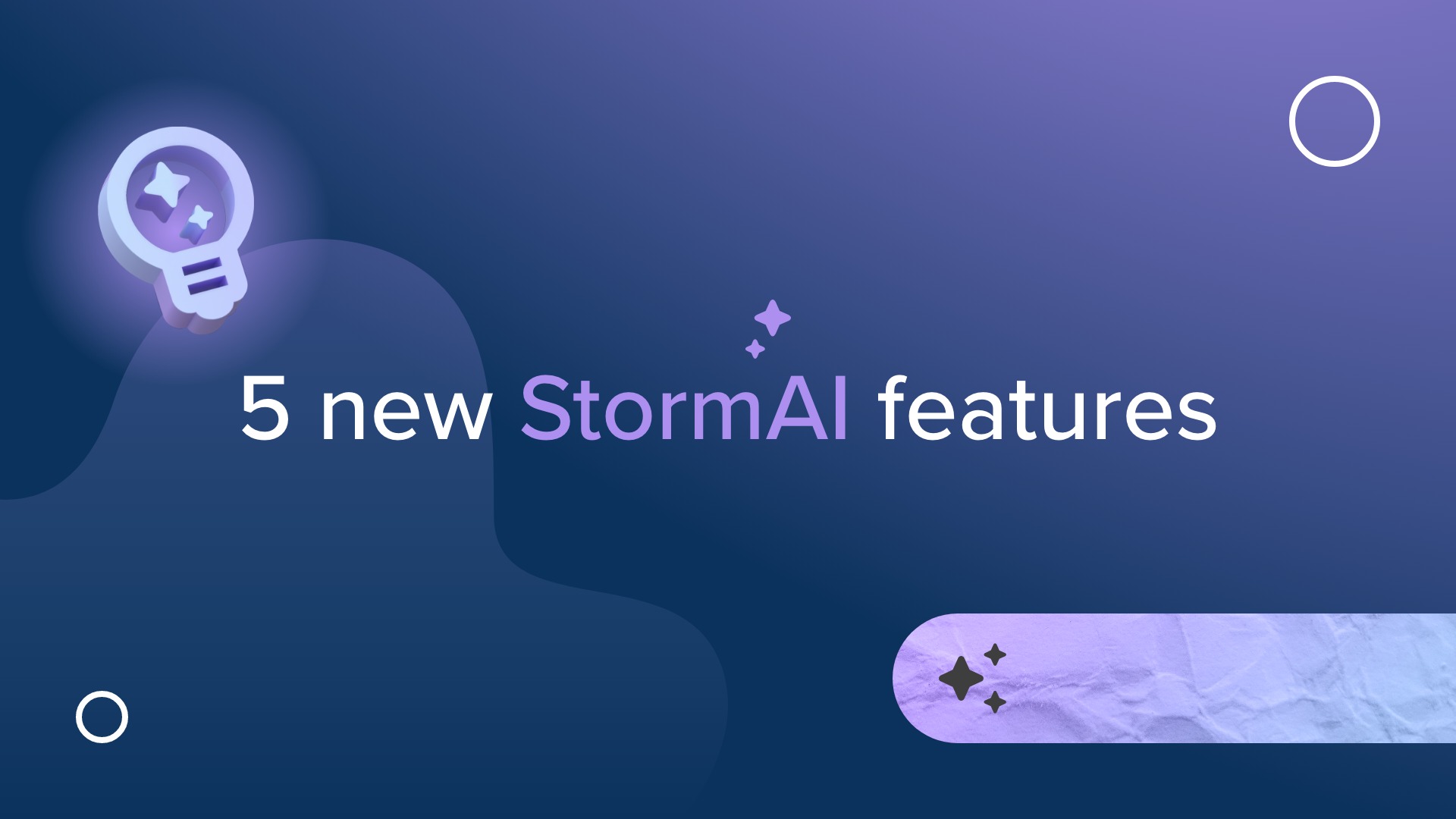Onboarding New Employees: How to Beat the Remote Onboarding Learning Curve
First impressions are everything in a professional setting, and we as a society are now at a point where virtual communication is a huge part of that first impression. With the second wave of the COVID pandemic reaching many parts of the world, face-to-face interactions are now slim, so many companies have shifted to virtual hiring and onboarding for their employees. But, this is not something you can just jump into, and contrary to popular belief, there is a learning curve. Remote hiring and onboarding can result in discouraging circumstances for both the employer and employee if each party goes in blind, but with a few tips and tricks, an employer can make sure the situation goes smoothly.
This article includes five tips that will help with the virtual hiring and onboarding process. They include spreading out the onboarding process over a few weeks, equipping new hires with technology, disclosing company culture and values, practicing over-communication and positivity, and asking for feedback. Remember, the best way to turn your employees into earnest, hard workers is putting in the extra effort to make sure they feel comfortable and valued early on.
Spreading out the onboarding process
Most companies get the words “onboarding” and “orientation” confused, dulling a new hire’s excitement to be working for the company. An orientation only lasts a day, to the maximum of a week, whereas onboarding integrates the new employee into their role with training, support, and setting clear expectations.
The Harvard Business Review reports that it generally takes up to eight months for a new hire to reach peak productivity. A successful onboarding program should be at least four months of those eight but can stretch over a year in some cases. For example, The Harvard Business Review says, “the most successful programs last up to one year with frequent check-ins and feedback given throughout.” While “companies who commit to an extended onboarding experience accelerate new hire proficiency by 34 percent.”
A company like Percolate, the enterprise marketing platform, has taken these statistics to heart and created a year-long timeline, sharable between both the managers and the new hire so everyone is on the same page. Percolate covers everything from the offer letter to the new hire’s first Friday, even including a fun welcome kit at their desk to greet them. Every last detail of the program has been well thought out, and the foundation of it has remained the same since its inception.
Equipping the new hire with technology
If your new hire requires a specific piece of technology or software to do their job to the best of their ability, make sure they are provided with the necessary tools quickly. Nothing is worse than a new hire feeling lost on an assignment or project due to not having, or being trained on, a piece of tech. Make sure the equipment or software subscription arrives before the hire’s first day.
“IT teams responsible for onboarding can walk through the process one-on-one and answer questions. Set up a support ticketing system that enables new team members to quickly ask for help when they need it, and that enables real-time updates as the issue is in process of resolution,” says Vicki Chabot, the human resources director of the highly-awarded consulting firm, netlogx.
Disclosing company culture and values
A good understanding of the culture at your organization can help a new hire feel comfortable in contributing to the company. A study from LinkedIn’s Kelly Chuck, who spearheads the website’s onboarding program, showed that 70 percent of over 3,000 US professionals leave a leading company if it had a bad culture. Another 71 percent said they would take a pay cut to work for a company that shares their values and has a mission they believe in. Nearly everyone in the study — 87 percent — said it was “was important to them to be proud of their company in order for them to want to stay.”
It’s recommended that as an owner or leader of the company, you tell the hiring manager or recruiter to have a few online sessions early on with the new hire that outlines your company’s mission, values, and products (if applicable). This is the perfect opportunity to also talk briefly about your company’s origin. While many businesses usually hand out a pamphlet or booklet that contains all this information, doing so over a Zoom meeting with an interactive PowerPoint presentation, or something similar, demonstrates a more personal touch. Encourage the new hire to ask questions and have group discussions about any new information that comes up.
However, there should also be a designated onboarding packet which answers the most frequently asked questions that a new hire may feel too shy to ask, such as information on their pay, vacation, stat holidays, online team get-togethers, and position-related questions. This gives the new hire an opportunity to think about questions and perhaps offer suggestions that are linked to a company’s culture.
So what makes good workplace culture? The people.
If you have employees that are just clocking in to take a paycheque with no real connection to the business, then you will most likely have a bad culture. Working remotely can also enhance this as there is no longer an opportunity to chat about the goings-on of the business in the break room. However, having routine online chats between new and old hires can counteract this.
Practicing over-communication and positivity
Jumping into a brand new work situation can make a person feel vulnerable. LinkedIn’s Kelly Chuck equates the situation to switching schools as a student.
“They will think the same things like ‘How will I make friends when these people have all known one another forever? A good employee onboarding program will ease the jitters and allay the concerns,” Chuck says.
In what was once called a “normal” situation, a manager could stop by a new hire’s desk and routinely check-up on them. Now, this is done through email and video conferences. Some new hires may want to have daily updates, while some will be fine with weekly updates. Obviously, every hire will be different, and it will fall on the recruiter to discover how a person works best.
Another technique that many companies have adopted is an online buddy/mentor program. During the onboarding process, the recruiter or manager should reach out to current employees to see which of them would volunteer to aid the new hire. The goal here is for the new hire to feel welcomed and have an outlet for any questions they did not have answered during the hiring process.
“They will meet them for virtual coffee or lunch and share advice and guidance about how things roll at your company,” Chuck says. “They are a sounding board for figuring out who’s who and what’s what, and they are absolutely critical to an effective employee onboarding and orientation.”
After conducting the survey mentioned above, Chuck adopted this technique fully at LinkedIn. At LinkedIn, even before a hire’s first day, a congratulatory message is sent from a selected team member (the buddy) to capitalize on the new, personal/professional relationship. Within the first 30 days of the new hire’s employment, buddies at LinkedIn do this two to three times a week. Google has even taken to doing this daily, as most of its work staff has fully transitioned to remote work.
Asking for feedback
Everyone works differently, and it is your job as a manager or recruiter to discover those intricacies. Holding short, verbal survey sessions about progress and general feelings to how things are going can be beneficial for both parties. This can also be a task for the buddy or manager, again depending on how your company works. Chabot over at netlogx created a sort of “ask me anything” between the CEO and new hires.
“A new hire’s experience during the onboarding process has an immense impact on their engagement, job satisfaction, productivity, and passion for the role,” she says.
The most important part of asking for feedback is actually using it to implement changes in the company culture. This reassures new employees that their thoughts and opinions will be heard during more complex projects or business ventures in the future.
Stormboard can help with your remote onboarding!
Stormboard is the perfect onboarding software to practice all of these tips and tricks by helping integrate a new hire into team meetings and familiarize them with team members and current workplace projects. This is all done in a visually appealing way and is completely interactive. Learn more here.
About the Author
Stephan Boissonneault is a freelance writer, editor, and photographer. His work has been seen in publications such as Avenue, Vue Weekly, Edmonton Journal, Disruption, Now Toronto, etc. He also plays music every now and then.












